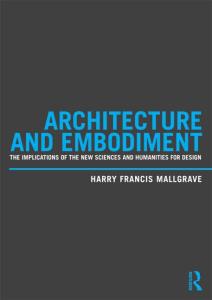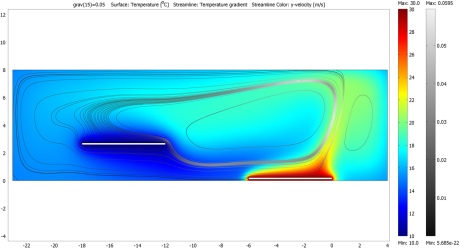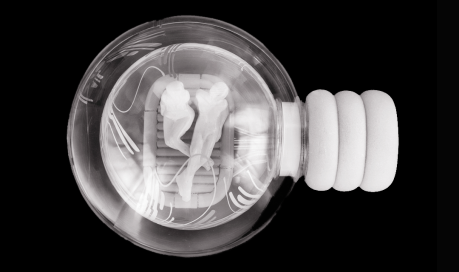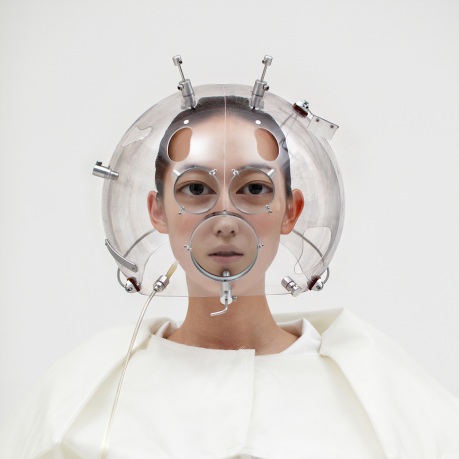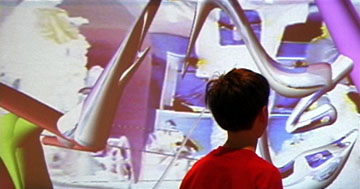
“We have arrived at a critical point in the history of the machine in space. Engineers are rapidly banishing the last moving parts from consumer electronics, allowing the machines to shrink into near invisibility. Bulky CRTs are yielding to flat panels, allowing us to embed them into the surfaces we use daily and to free up valuable “real estate” on our desks. The businesses of computer vision andgraphics have pushed our abilities to recover spatial information from the world at large and represent it recognizably to the eye. The long-standing divide between the idealized spaces of computer science and the heavy, cluttered spaces of real-world engineering are wider than ever, polarizing research around the world. Now that computation’s denial of physicality has gone about as far as it can, it is time for a reclamation of space as a computational medium.”
Link to the thesis here
Link to Simon Greenwold’s page (@MIT Media Lab) here

